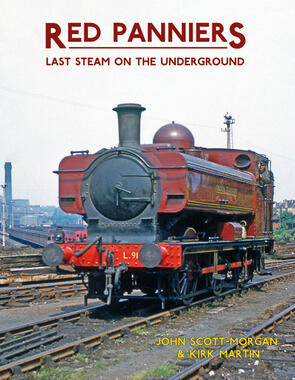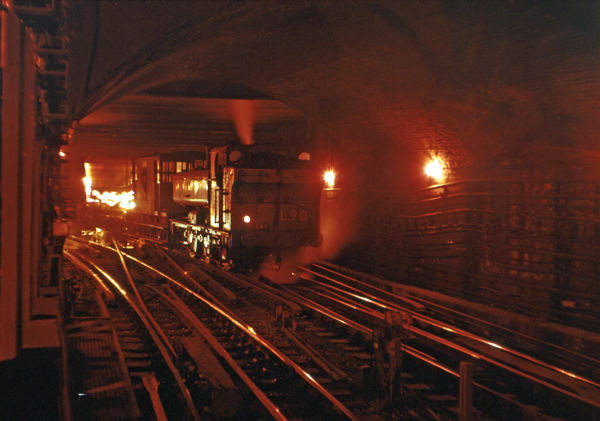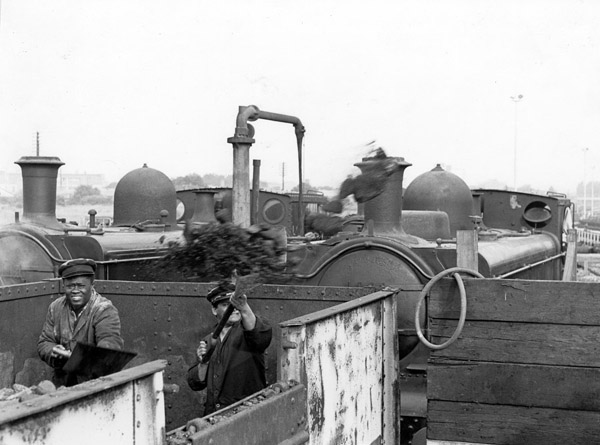Red Panniers: Last Steam on the Underground

Red Panniers: Last Steam on the Underground
John Scott-Morgan & Kirk Martin
176 pages. 275x215mm. Four colour throughout on gloss art paper with printed board covers.
ISBN13 : 9781899889297
£27.00
John Scott-Morgan & Kirk Martin
176 pages. 275x215mm. Four colour throughout on gloss art paper with printed board covers.
ISBN13 : 9781899889297
£27.00
This is the story of the thirteen ex-Great Western Railway ‘57XX’ pannier tanks that passed into the ownership of London Transport. Based at both Neasden and Lillie Bridge Depots between 1957 and 1971, they handled much of the engineering traffic over surface and sub-surface lines and are particularly remembered for the spoil trains to Watford Tip. This comprehensive study of the ‘Red Panniers' gathers together many previously unpublished images of the locomotives, including a number taken at night and underground – the usual time and place where the panniers could be found at work. The last three survived in service until the middle of 1971 which made them the last working main line steam locomotives in the country, an often overlooked fact.


Red Panniers: Last Steam on the Underground - Sample Images

A final shot of L90 at St. Mary's. The timed exposure gives a false impression of the amount of light available. The P-Way gang had to work by the light of Tilley lamps and the amount of infrastructure underfoot that had to be avoided whilst lifting heavy and awkward loads such as sleepers can be appreciated from this view. A gang of 24 men was required to pick up a 60ft length of rail weighing 80lbs per yard from ground level with at least 3-4 more men on the bolster wagon. The ganger in charge would call out his orders, the first being 'down', with the rider 'come along, spread yourselves out'. The skids were already fitted to the sole bar of the wagon and the next order was 'lift' and the rail would be lifted to knee hight by the many hands and heaved onto the bottom bracket of the skid with much crashing as it landed. The next order would be to 'push up' and with much shrieking of steel on steel the rail would be pushed up the skid and on to the foor of the wagon. Once on the floor the railw as levered across by the men on the bolster wagon with crow bars to make room for the next rail. In the dark the ganger would signal to the engine to move forward 60ft to pick up the next length. The manhandling of rails was something I had not seen for a number of years on the main line where a handful of men achieved the same task with a number of small cranes mounted on the wagon itself. Gordon Wells

Coal flies through the air as Armison and Joe heave coal out of a 16-ton mineral wagon onto the coal stage at Neasden.Kirk Martin
